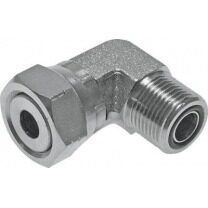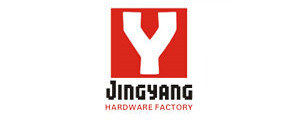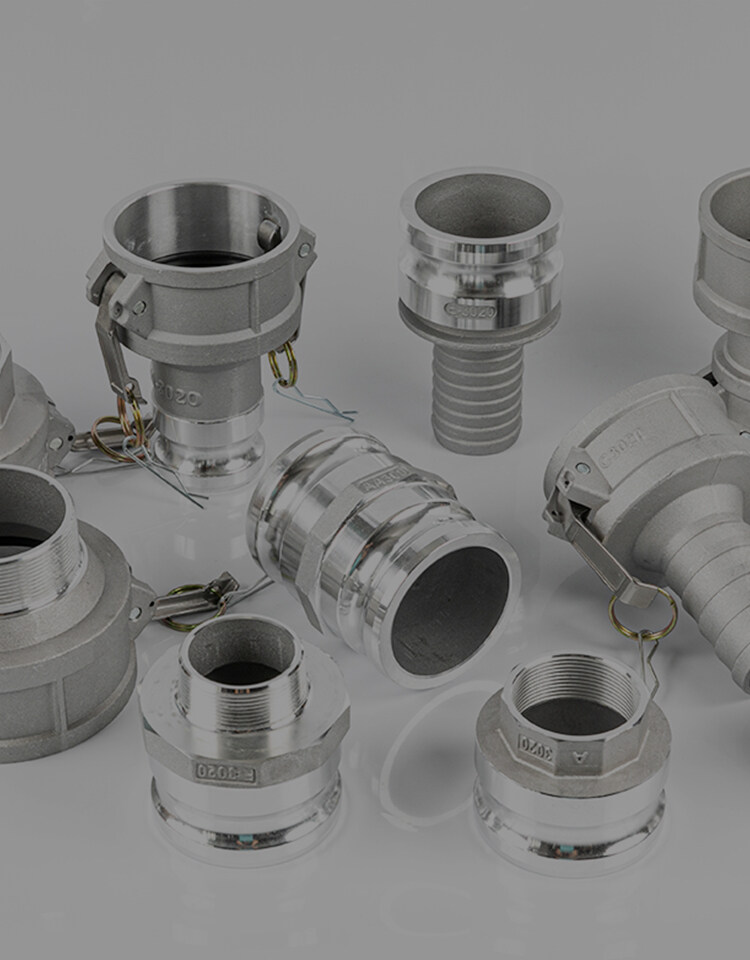Erreur de format d'e-mail
emailCannotEmpty
emailDoesExist
pwdLetterLimtTip
inconsistentPwd
pwdLetterLimtTip
inconsistentPwd

Nouvelles
Ici, vous pouvez décrire un morceau de texte que vous souhaitez exprimer

The Comprehensive Guide to Wholesale Hydraulic Tube Fittings: Ensuring Quality and Compatibility
Hydraulic systems are the lifeblood of many industries, powering everything from construction machinery to manufacturing equipment. At the heart of these systems are hydraulic tube fittings, which ensure a secure and leak-free connection between tubes and hoses. For businesses looking to purchase these components in bulk, understanding the nuances of wholesale hydraulic tube fittings is crucial. This comprehensive guide will delve into the world of hydraulic fittings, highlighting the importance of selecting the right types, sizes, and materials for your specific applications.
Understanding Hydraulic Tube Fittings:
Hydraulic tube fittings are designed to connect different sections of tubing or hose within a hydraulic system. These fittings must withstand high pressures and harsh conditions, making their quality and reliability non-negotiable. When considering wholesale hydraulic tube fittings, it’s essential to recognize the various types available and their respective applications.
Types of Hydraulic Tube Fittings:
There are several types of hydraulic tube fittings, each serving a unique purpose within a hydraulic system. Some of the most common include:
Pipe Thread Adapter Fittings: These fittings are designed to connect pipes with different thread types or sizes. They are essential for ensuring compatibility between components and preventing leaks. Pipe thread adapter fittings are a staple in any wholesale hydraulic tube fittings inventory.
Pipe to Tube Adapter Fitting: When transitioning from pipe to tubing within a hydraulic system, a pipe to tube adapter fitting is necessary. These fittings allow for a seamless connection, maintaining the integrity of the system’s pressure and flow.
Cam and Groove Hose Fitting: Cam and groove hose fittings provide a quick and secure connection for hoses in hydraulic systems. They are designed for easy attachment and detachment, which is vital in applications requiring frequent hose changes.
JIC Fittings (Joint Industry Council): These are widely used in hydraulic systems. JIC fittings have a 37-degree flare seating surface and straight threads, which provide a metal-to-metal seal. They are commonly made from stainless steel or carbon steel and are used in high-pressure applications.
ORFS Fittings (O-Ring Face Seal): These fittings provide a reliable seal through an O-ring that is compressed against a flat face on the fitting. ORFS fittings are ideal for high-pressure applications and where vibration resistance is required.
DIN Fittings (Deutsches Institut für Normung): These fittings conform to standards set by the German Institute for Standardization. They include a variety of connection types, such as metric 24-degree cone, banjo fittings, and the cutting ring type.
There are various sizes of pipe fitting adapter available and thread types to suit various hydraulic system needs.
Selecting the Right Fittings:
Choosing the correct hydraulic tube fittings is critical for system performance and safety. Factors to consider include:
Material compatibility: Ensure the fitting material is compatible with the hydraulic fluid and the environmental conditions.
Pressure rating: Fittings must be rated for the system’s maximum operating pressure.
Size and thread type: Accurate measurement of tube, hose, and thread sizes is essential for the right fit.
Quality Assurance in Wholesale Hydraulic Tube Fittings:
When purchasing hydraulic tube fittings in bulk, quality assurance is paramount. Look for suppliers who offer:
Certifications and standards compliance: Fittings should meet industry standards such as ISO, SAE, or DIN.
Quality control processes: Suppliers should have stringent quality control measures in place to ensure the reliability of their products.
Warranty and support: A good supplier will offer warranties and technical support for their fittings.
Building a Relationship with Your Supplier:
A strong relationship with your wholesale hydraulic tube fittings supplier can lead to better pricing, customized inventory solutions, and technical support. Tips for building this relationship include:
Communicate your needs clearly: Provide detailed information about your system requirements and expectations.
Seek out expertise: Choose a supplier with knowledgeable staff who can offer guidance and recommendations.
Plan for the future: Work with your supplier to forecast future needs and ensure availability of products.
Conclusion:
Hydraulic tube fittings are a critical component of any hydraulic system, and selecting the right wholesale hydraulic tube fittings supplier is just as important as choosing the right fittings. By understanding the different types of fittings, their applications, and the factors that affect their performance, businesses can ensure the quality and compatibility of their hydraulic systems. Quality assurance, certifications, and a strong supplier relationship are key to maintaining a reliable and efficient operation. With this comprehensive guide, you are now equipped to make informed decisions when purchasing hydraulic tube fittings, ensuring the success of your hydraulic applications.

